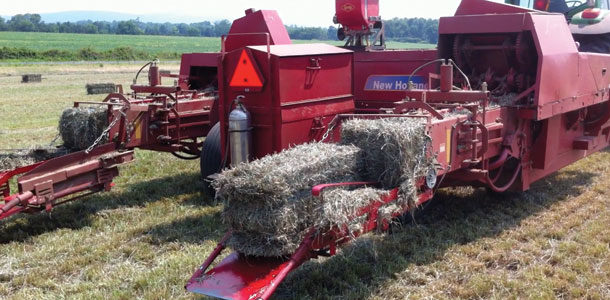1. The Mt. Pony Special double-barrel baler
By Carl C. Stafford
Virginia farmers Rusty and Paul Inskeep took two conventional small-square balers and combined them into a single unit that can bale more pounds of hay per hour than three individual balers combined.
The hitch is a critical element of the entire machine. It must carry and distribute the load, while arching over a huge windrow of hay being force-fed into the 7-foot 4.5-inch pickup head (standard width is 6 feet).
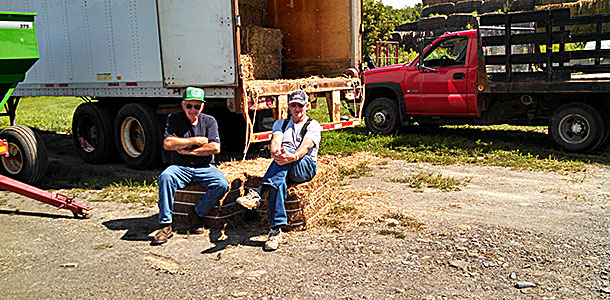
2. Retired farmers: The new face in farming
By Jaye Knight
Don Albert and Willie Mastin are two “retired” farmers who have been working in Honeoye, New York, for the past 15 years. I don't think they'd mind my telling you that they are both pushing 80.
While the new face of farming might be young, ambitious families, we wouldn't trade these two dedicated, conscientious men for anything. Sometimes the new face of farming is a timeworn one.
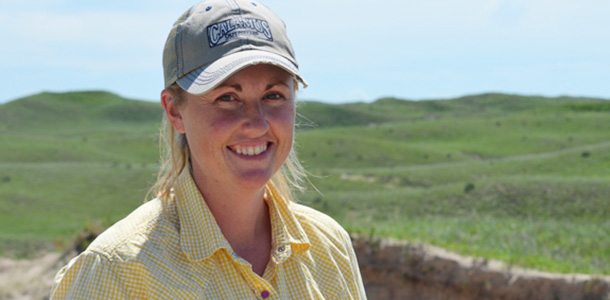
3. First generation farmers, ranchers and dairymen
By Progressive Forage Grower Editor Lynn Jaynes
This four-part series features Lance Peters (Wyoming farmer), Sarah Sortum (Nebraska rancher), Jacob Shenk (Virginia dairyman) and Brandon Fawaz (California hay producer). They are individuals who wanted to be full-time agricultural producers but had to build from scratch. And they found a way.
“Agriculture has always been capital intensive, but for a young person, or for a person without a lot of financial backing, the access to the necessary capital is the most difficult obstacle to overcome. Prices have been pretty decent in agriculture in the last few years and have allowed some farms to get bigger. But I think hands down for someone starting out, the problem will be access to capital,” says Fawaz.
Each of them has made it work, but it wasn’t (and still isn’t) without struggle.
4. How about including some grass in that new alfalfa seeding
By Bruce Anderson
Maybe it’s time to consider adding some grass to the mix. Let’s look at some of the advantages for including grass with our alfalfa plantings:
- Grass may grow in areas of the field where alfalfa plants are not well adapted.
- Grass may fill in spots as alfalfa plants die rather than weeds, so acceptable yields may persist longer.
- Grass-alfalfa mixtures dry faster than pure alfalfa.
- Grass forage quality declines more slowly than alfalfa during second and later cuttings because grass regrowth is mostly leaves.
- Grass suffers less damage from wheel traffic of harvest equipment or manure spreaders.
- Grass sheds rainfall better than alfalfa, both in the windrow and in the bale.
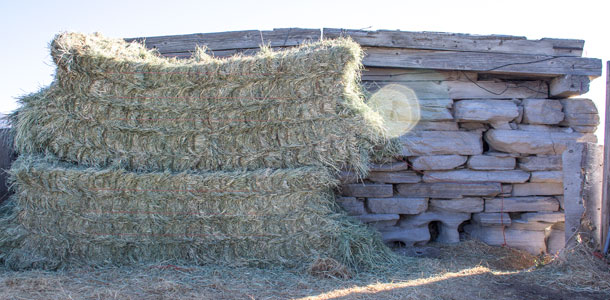
5. Hay season blunders we can finally laugh about
By Progressive Forage Grower Editor Lynn Jaynes
It wasn’t funny at the time, and we would have liked to fire the help on most days, but with hay season over, we can finally laugh about all the mishaps and miscommunications.
Fellow hay producers share their biggest haying mistakes of the year. Really – we can’t make this stuff up.

6. 2014 hay photo contest winners
Always popular, this year’s hay photo contest was no exception. We broadened the categories to include people or animals with hay, decorated hay bales and hay equipment. The entries did not disappoint.
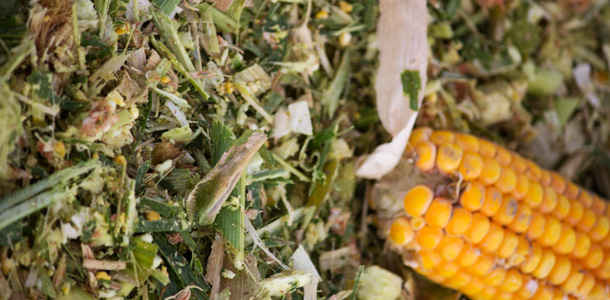
7. Pricing silage compared to selling grain corn
By Kelli Kaderly-Boylen
Corn silage is commonly priced per ton standing in the field at seven to eight times the market price per bushel of corn.
Kristen Schulte, Iowa State University extension farm management field specialist, says selling the corn based on its grain value and exchanging the non-grain biomass for dairy manure produced on the buyer’s farm can be mutually beneficial to the buyer and the seller.
Schulte calculated that the crop producer selling their corn as silage can reduce costs up to $30 an acre over harvesting the crop as grain by not needing to harvest the grain, transport, store and/or dry the corn.
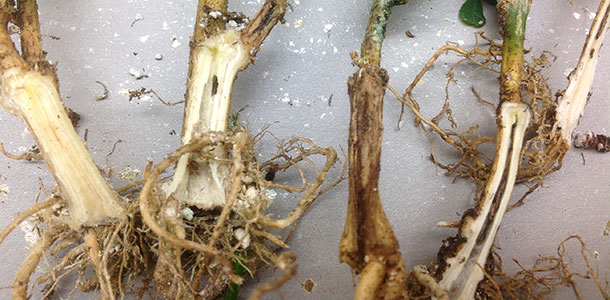
By Dan Wiersma
Do you know how to evaluate a stand to decide whether to keep it or replace it? Dan Wiersma offers “dos” and “don’ts” to help you evaluate your stand to determine whether it’s time to take it out or not.
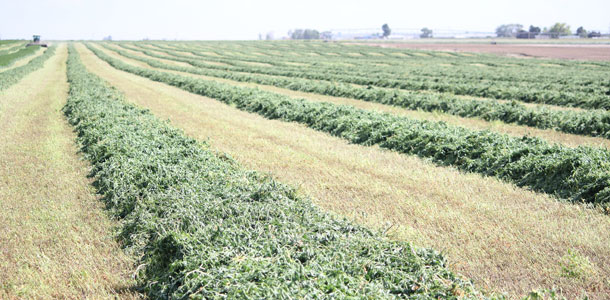
9. Lower lignin alfalfa: What this means to growers
By Progressive Forage Grower Editor Lynn Jaynes
New alfalfa technologies are exciting to hear about, but do we know what they will do for us? The newest designer alfalfa on the market is lower lignin alfalfa.
Perhaps one of the greatest advantages of lower-lignin alfalfa varieties is the increased harvest flexibility. With reduced lignin content, the harvest window can be extended to approximately 35 days, which is the point of maturity where lignin content would equal that of conventional varieties normally cut at 28 days. The yield would also be greater at a 35-day schedule.
If, however, a grower maintained a 28-day cutting schedule, the forage quality and digestibility of lower lignin varieties would increase. Lower-lignin alfalfa varieties cut on a 28-day schedule would have more value, but whether that premium would be recognized in the market remains to be seen.
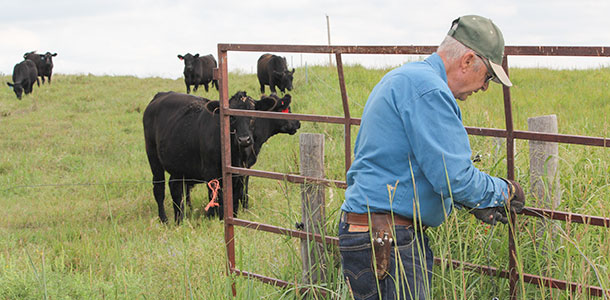
10. Understanding the ‘intensive’ in intensive grazing
By Bruce Anderson
What do you think of when you hear the phrase "intensive grazing"? Many small pastures with lots of fencing? Moving animals to new pastures almost daily or even several times each day? Lots of animals completely grazing small areas before moving to fresh pasture?
Most folks don’t fully understand what the word "intensive" refers to when used with grazing. It’s not intensive fencing. It’s not intensive labor, nor intensive animal movement. And it’s especially not intensive defoliation. Intensive is all about management. FG
